Fujinon XF 50mm F1.0 WR Review
Dustin Abbott
December 29th, 2020
Every now and then, a lens maker delivers a “halo” project that in many ways is as much about showcasing engineering expertise as it is about delivering a practical product to the end-user. Car makers do the same, and those halo cars are almost never high volume models, but they bring attention to the brand that helps sale more practical vehicles. Canon did that several decades ago with the Canon EF 50mm F1.0L, a now rare collector’s item that I got the chance to review a number of years ago. Frankly, that lens wasn’t particularly impressive as a practical instrument (in my opinion), but some of the engineering triumphs there enabled the much more accessible EF 85mm F1.2L and 50mm F1.2L lenses that came later. Fuji has stepped up to the plate, and has tackled their own halo project in the Fujinon XF 50mm F1.0 WR lens. This isn’t an identical lens to what Canon did, however, as this is engineered for Fuji’s APS-C X-mount, and thus has a 76mm full frame equivalent focal length, so a narrower angle of view and a little bit less challenging to design.
Building an F1.0 lens definitely brings some prestige, but there are some overwhelming technical and engineering challenges that result in some unfortunate compromises. Here those manifest in a large, heavy lens (4x the weight of the XF 50mm F2!), cost ($1500 USD!), and some aberrations just too difficult to correct for. But what you also get some killer bokeh that is much nicer than what I saw on the Canon EF 50mm F1.0L.
The XF 50mm F1.0 is not going to be lens for everyone, but rather a niche lens that will probably mostly appeal to certain portrait photographers who appreciate the unique opportunities a lens with such a large maximum aperture affords. In some ways, however, this is an expert lens and it will take experts to get the best results from it. My hope in this review is to help you determine whether or not the XF 50mm F1.0 is the lens for you!
If you prefer to watch your reviews, you can check out either my long format definitive review or the standard video review.
Follow Me @ Patreon | My Newsletter | Instagram | Facebook | Twitter | Flickr | 500px
Fujinon XF 50mm F1.0 WR Build and Handling
Despite having only a moderate focal length, that huge maximum aperture means that the XF 50mm F1.0 is second only to the XF 200mm F2 (a radically different kind of lens) in size for a Fuji prime. It dwarfs alternative lenses like the XF 50mm F2 or Viltrox AF 56mm F1.4 for Fuji.
You can see how the specs break down in this comparison:
At 845g (1.86lb), the XF 50mm F1.0 weighs more than 4x that of the F2 lens, 3x the Viltrox, and over 2x heavier than the XF 56mm F1.2. At 103.5mm in length, it is obviously much, much longer than competing lenses, and is significantly wider too (87mm). The 77mm front filter thread is much larger than any competitor, too.
The heft of this lens means that it will be a poor balance on most Fuji bodies, and is probably best reserved for use on bodies like the X-T series. I used the X-S10 for this review, and the lens was somewhat overwhelming on the camera.
The exterior shell is mostly made of metal, which makes the plain, plastic lens hood feel a little cheap by comparison.
The lens has a thorough degree of weather sealing, starting with (but not limited to) a rear gasket; there are 11 seal points throughout the lens, which is an obvious improvement over an alternate lens like the XF 56mm F1.2.
There is the standard Fuji aperture ring, which has one-third stop detents and an option to move it into “A” and control aperture from inside the camera instead.
What you don’t have is any option to declick the aperture for video work, which will be a disappointment to some.
The aperture iris has nine rounded blades, and they do a good job of retaining a circular shape with the lens stopped down. Here’s a look at F1.0. F1.4, and F2.0:
You’ll note, too, that the geometry from the lens is better than usual, with minimal deformation along the edges of the frame, and a fairly even circular shape even at F1.4. This is going to be better than competing lenses.
What I’m not impressed by is the minimum focus distance, which only allows you to get as close as 70mm. This produces a rather pathetic 0.08x degree of magnification, which is one of the lowest figures I’ve ever seen from any lens.
Wide open performance at MFD has very low contrast, though that improve significantly by F2. The XF 50mm F2 has a significantly better 0.15x magnification, so this definitely isn’t a strength for the F1.0 lens.
There aren’t any switches on the barrel, just the two rings. The manual focus ring is nice and wind, and reasonably well damped, but focus action has visible stepping and isn’t much fun.
And that’s it! Not much here in terms of features, but the build quality is nice, it has good weather sealing, and is thus perhaps a better choice over the 56mm F1.2 for portrait photographers who shoot in a variety of weather conditions. This is a big, heavy lens, but it also comes with a professional grade build. It does lack an optical stabilizer, so unless you have one of Fuji’s cameras with IBIS, you probably won’t be doing much handholding of video with the lens. I was using Fuji’s new X-S10 body for this test, which fortunately does come with IBIS.
Autofocus Performance
I want to start this section by stating that developing an autofocusing F1.0 lens is a serious challenge. Things are slightly different when developing for APS-C, but when you look into the lens, you are going to see a LOT of glass nonetheless. A lens with this large an aperture has large, heavy elements (12 elements in 9 groups), and those heavy elements need a lot of torque to move the focusing group with both consistency and speed. You have to start momentum quickly and then stop that momentum quickly to achieve accurate focus, and that is much more a challenge with very large maximum apertures. Not to mention the fact that large aperture means small depth of field, putting more pressure on the lens/camera to achieve accurate focus. There’s a reason why most lenses with very large apertures are manual focus…
I’ll start with some basic praise, as Fuji has created a fully functional autofocusing F1.0 lens. As you can see from the photo above, the XF 50mm F1.0 is capable of picking out objects and accurately focusing on them. You can see that the background is highly blurred out (it’s another bridge beyond).
Eye AF also worked well, and even when I shot at F1.0, I got accurate focus on the eyes with the new X-S10 body that I used for the review.
But not everything is rosy. Fuji elected to use a DC motor, which, while probably providing the torque needed here, lacks any kind of refinement that most of us expect from modern lenses. There’s definitely noise in focus, and focus speed is only okay. Things are worse for video, where my standard test of focus pulls produced noisy results with visible stepping and a coarse quality of focus. I’m surprised that they didn’t go with something like multiple linear motors (like in the 90mm F2 or 200mm F2 lenses) to provide smoother, quieter focus. I suspect that they couldn’t overcome the technical challenges presented in the lens, but unfortunately autofocus is not going to feel premium in general and the lens probably won’t be a great choice for videographers.
The best I can say is that the focus gets the job done, but don’t expect the XF 50mm F1.0’s focus behavior to be the best in your kit even if the price of the lens suggests otherwise.
Fujinon XF 50mm F1.0 WR Image Quality
There’s a reason why you don’t see more autofocusing lenses with an F1.0 aperture – this is very, very hard to engineer. It’s also important to recognize that some of the observations here are relative to what happens to be your point of comparison. So, for some perspective: relative to the old Canon EF 50mm F1.0L that I referenced earlier, Fuji has done a great job of minimizing the weaknesses of a lens with huge glass. The XF 50mm F1.0 is relatively sharp at F1.0 and has fewer aberrations. It performs better against bright lights, and even has smoother bokeh. But it is no Canon RF 50mm F1.2L for Canon’s mirrorless or a Sigma 35mm F1.2 DN for Sony/Leica mirrorless. Those lenses are well corrected and incredibly sharp even at wide apertures. The XF 50mm F1.0 has much lower contrast and acuity at wide apertures, though there is a bit of a twist I’ll get to in a moment. This is more of a classic sharpness profile, where some aberrations are left uncorrected in order to produce softer, creamier bokeh…which the lens can produce in spades.
I remember the controversy that arose when it became clear that Canon’s cheap “nifty-fifty” (EF 50mm F1.8) was sharper at, say, F2, than the very expensive and premium EF 50mm F1.2L. For some photographers, that just demonstrated that the much more expensive lens was a “rip-off”, but those of us who had used both lenses knew that this didn’t tell the whole story. There was a “magic” to images from the F1.2 lens that the cheaper F1.8 lens could never replicate, and a lot of that came down to the unique rendering from the large elements in the L series lenses.
That’s also the case here. If you came looking for a lens that renders every fine detail at 100% magnification, you will probably be disappointed. But if you are here for a unique, beautiful rendering, you are going to be much, much happier.
But since my process is to really dissect image quality, I’ll do that as well. First, let’s start by taking a look at vignetting and distortion.
Vignette is actually surprisingly low for such a huge aperture, and is easily correctible (I used a +60 and slid the midpoint to 0 to manually correct, though Fuji’s profiles are great and that’s the easy route to go). Likewise the pincushion distortion is there but quite mild, and a tiny -1 correction was enough. High marks here, as both of these typical flaws are incredibly mild for such an extreme lens.
I was less impressed when I broke down the resolution. There’s a tension in large aperture lens design between correcting aberrations (producing high contrast and sharpness) and creamy bokeh (which benefits from some reduced contrast). Fuji’s engineers erred on the side of creamy bokeh, so contrast suffers. Here’s a look at my custom test chart:
The tests were done with a 26MP X-S10 body on a tripod with a two second delay to eliminate any vibration. In my video tests I show the chart results at 200% to better highlight subtle nuances, but these crops are a little lower (somewhere around 150% or so).
Here’s a look at the F1.0 results from across the frame:
What you see is that while resolution isn’t bad, there is what feels like a bit of Vaseline smeared over the lens, leaving everything looking a bit hazy. That’s the result of uncorrected spherical aberrations that reduce contrast.
On the plus side, I note that the resolution across the frame is actually fairly consistent, which points to relatively low field curvature. Lateral chromatic aberrations are also minimal, so there is little fringing of the white/black patterns near the edge of the frame.
After concluding my own review, I went and looked at a few others. At least one stated that contrast dramatically improved by F1.4, but I saw something more mild in my tests:
These chart results echo what I saw in the field, where wide aperture results also showed low contrast when closely inspected.
That low contrast means that acuity (ability to render fine details) isn’t fantastic on the lens at wide apertures. One reviewer commented that, “you can always add more contrast”, but that’s not really entirely true. Yes, you can add contrast via software (contrast sliders, tone curves, or even via layers), but the challenge is adding that contrast without fundamentally altering the global nature/look of the image. It’s not really that easy to do, and just increasing contrast doesn’t mean that you can create details that simply aren’t there. Achieving a higher contrast look on a local level without negatively impacting the global look of the image requires somewhat of an expert touch in editing, and I’m not sure that this is a skill that everyone has in their toolbox.
But that leads me to an interesting observation: Fuji is the one platform out of the various systems I test where people often go who want to shoot JPEGs and not mess with processing RAWs. In this case, I actually preferred the overall look of JPEGs over RAW files. Fuji is clearly doing a great job of correcting for the lens aberrations and optimizing images in the JPEG images, which showed a superior amount of contrast and detail while retaining a natural look to images. Here’s a case in point:
I would say that this JPEG file looks better than what I could get out of a RAW file, though someone who is an expert at professing Fuji files (I’m not) should surely be able to produce something similar. If I got RAW files that looked that good, I would be singing a different tune at this point.
There are still limitations, however. Even with a JPEG file you can tell from this infinity shot that acuity isn’t great, with a lot of the textures looking mushy.
The crop shows that contrast is still on the low side. Stopping down to a landscape aperture like F5.6 produces a radically better result:
I find that contrast improves more by F2, and starts looking good by F2.8:
I found that I started getting the kind of results I personally like at a pixel level around F2, where I can see the crisp details in the eyelashes and on the lips. The bokeh remains nice here, too.
There is some longitudinal chromatic aberration from the lens that also contributes to the lower contrast. You will most often see it in real-world images as fringing in bokeh regions, like the green lining around these Christmas tree lights:
I’ll also note, however, that these bokeh circles are much, much smoother than what I saw when reviewing the Canon EF 50mm F1.0L. It a lot of busyness in the circles in a pattern that I jokingly referred to as “Death-Star bokeh”. Other than the fringing, the bokeh is actually very smooth here.
You can also see it in this F1.4 portrait (the crop shows the green fringing around bare plants in the background):
The upside to these remaining aberrations, however, is that the bokeh is truly soft and creamy from the lens. This, to me, is the greatest optical strength of the lens.
If you want an ultra-sharp lens to use at small apertures, you can easily get that with cheaper lenses with smaller maximum apertures, but very few lenses are going to give you the creative depth of field options that the XF 50mm F1.0 is going to provide. I didn’t get to test it at the best time of year for creating amazing bokeh shots (snow is too bright!), but this is a lens that could do special things when used expertly by a portrait or wedding photographer. Here’s a few more bokeh shots to make the point.
By the way, the F1.0 aperture on an APS-C camera becomes a little complicated to define. The crop factor of the camera will make the lens behave similarly to what you would see from a 76mm F1.4 (ish) lens on a full frame camera, or, put differently, images under identical conditions taken with a 76mm F1.4 lens on a full frame camera would have a similar look to the XF 50mm F1.0. But an F1.0 aperture is just as physically large on an APS-C lens as it is on a full frame lens, so the light gathering potential is still F1.0 whether it be a full frame or APS-C camera, so this is a lens that can suck in a LOT of light. Fortunately many of Fuji’s cameras allow you to utilize an electronic shutter with a higher shutter speed than the typical maximum of 1/8000th second for mechanical shutters. In daylight conditions 1/8000th will often not be fast enough at F1.0. If you want to use flash sync and F1.0, prepare to either use some serious ND filters and/or HSS (High Speed Sync) on your flash.
The upside, however, is that the lens can suck in a massive amount of light and can easily focus in dim conditions. This shot was taken with only candlelight in an otherwise dark room with the subject mostly backlit (with a bit of rim lighting).
The F1.0 aperture allowed me to get a 1/10th second shutter speed at ISO 800 to get this shot. A lens with an F2.8 aperture would require an ISO of 6400 to achieve a similar amount of light, but obviously with some serious impact to image quality due to the 3 stop difference in ISO. That could make a serious difference in certain kinds of portrait or wedding work.
The lens does reasonably well in bright light situations, with the coatings keeping flare from being too destructive. It’s not flawless, but pretty good for a lens with such a large maximum aperture.
All told, the performance of this lens is (as I said at the beginning of this section) relative. Relative to your expectations, and relative to what you are comparing it to. It is worth nothing, however, that I actually found it sharper at comparative apertures to both the XF 50mm F2 and Viltrox 56mm F1.4 that I happened to have on hand at the same time, though not by a large margin. None of those lenses can compare to the amount of background blur you can achieve at portrait distances, however. If you value beautiful bokeh and rendering over supreme sharpness, you will probably like what you get out of the XF 50mm F1.0. You can check out more photos by visiting the image gallery here.
Conclusion
As I noted in my introduction, the Fujinon XF 50mm F1.0 WR is a lens for experts. It’s too large, too heavy, and too expensive to be a lens for the masses, and that leaves a smaller, more niche market of those willing to deal with greater cost and inconvenience in order to get uniquely special results. I see that audience as primarily being portrait and wedding photographers, as this lens gives them some creative opportunities few others afford.
The business of designing and creating a functional autofocusing lens with an F1.0 aperture is extremely challenging. My research suggests that this is just the second such lens after the Canon EF 50mm F1.0L. As one of the few reviewers who has reviewed both these lenses (the Canon is a rare collector’s item that I was loaned by an owner for review), I can say that the Fuji XF 50mm F1.0 is a more functional lens than the Canon. It has fewer compromises optically, though there are still some clear areas where practical performance was sacrificed on the altar of maximum aperture. A rare type of lens leads to some difficulty in evaluating it, as it has few direct competitors but still must be considered within the framework of existing alternatives. This isn’t a lens with the smoothest or best autofocus, it’s not particularly sharp wide open, and it’s large enough to bring some inconvenience, but it has beautifully soft bokeh and the ability to create unique images.
Viewed in this light, I can safely say that whether or not one is pleased with this lens will depend largely on both their expectations and what they plan to do with it. The images above and below this section could be taken with many lenses; purchasing this lens to primarily shoot it at smaller apertures would be, in my opinion, a waste.
But this quick shot I had my son take of me through a houseplant with a busy living room behind me shows in a minor way the creative options available at F1.0.
It’s a casual shot using only available light and a far from optimal scene, and yet the huge maximum aperture allows the shot to have some artistic value in a way that wouldn’t be possible with a lens with a smaller maximum aperture. Now imagine that in an optimal situation, with better lighting and a more pleasing scene (and subject!), and you’ll have an idea of what a lens like this can do. If your photography tends towards the artistic and you love to play with depth of field, then the Fujinon XF 50mm F1.0 WR might open up more creative options than you’ve previously had before and is worthy of your consideration.
Pros:
- Nice build
- Quality weathersealing
- Autofocus is accurate
- Beautiful, creamy bokeh
- Huge maximum aperture affords creative opportunities
- Even sharpness across the frame
Cons:
- Large and heavy
- Expensive
- Low contrast and acuity at large apertures
- Some uncorrected aberrations
- Pathetic MFD and magnification
Gear Used:
Purchase the Fujinon XF 50mm F1.0 WR @ B&H Photo | Amazon | Camera Canada | Amazon Canada | Amazon UK | Amazon Germany | Ebay
Purchase the Fujifilm X-S10 @ B&H Photo | Amazon | Camera Canada | Amazon Canada | Amazon UK | Amazon Germany | Ebay
Purchase the FUJIFILM X-T200 @ B&H Photo | Amazon | Camera Canada | Amazon Canada | Amazon UK | Amazon Germany | Ebay
Purchase the Fujinon XC 35mm F2 @ B&H Photo | Amazon | Camera Canada | Amazon Canada | Amazon UK
Purchase the FUJIFILM X-T30 @ B&H Photo | Amazon | Amazon Canada | Amazon UK | Amazon Germany | Ebay
Purchase the Fujinon XF 18-55mm F2.8-F4 @ B&H Photo | Amazon | Amazon Canada | Amazon UK | Amazon Germany | Ebay
Peak Design Leash Strap: Peak Design Store | B&H Photo | Amazon | Amazon Canada | Amazon UK
BenQ SW271 4K Photo Editing Monitor – B&H Photo | Amazon | Amazon.ca | Amazon UK
Adobe Photoshop Creative Cloud 1-Year Subscription
Exposure Software X5 (Use Code “dustinabbott” to get 10% anything and everything)
Visit Dustin’s Amazon Storefront and see his favorite gear

Purchasing your gear through B&H and these links helps fund this website and keeps the articles coming. You can also make a donation here if you would like. Visit my Amazon page for some of my gear of choice! Thank you for your support.
Great News! I can now offer a 5% discount on all purchases at Amplis Foto, Canada’s Leading Photographic Supplier. Please enter discount code: AMPLIS52018DA in your cart. It is good for everything in your cart, and is stackable with other coupons, too! It will take 5% off your entire order! Proceeds go towards keeping this site going and providing you with new reviews!
Check me out on: My Patreon | Sign Up for My Newsletter | Instagram | Facebook | Twitter | Flickr | 500px | Google+ |
Use Code “DUSTINHDR” to get $10 off ($15 CDN) any Skylum product: Luminar, Aurora, or AirMagic
Keywords: Fujifilm, Fujinon, Fuji 50mm F1, Fuji 50mm F/1.0, F1.0, F1, XF, 50mm, Fuji 50mm Review, Fuji 50mm F1.0 Review, X-S10, Bokeh, Portrait, X-T200, Fuji X-T200, X-T200 Review, Fuji X-T200 Review, Dustin Abbott, Viltrox 56mm, F1.4, F2, Review, Hands On, Video Test, Sharpness, Autofocus, Build, Real World, R, WR, 50mm F1.0 R WR, 50mm F/1.0
DISCLAIMER: This article and description contains affiliate links, which means that if you click on one of the product links, I’ll receive a small commission. As an Amazon Associate I earn from qualifying purchases.










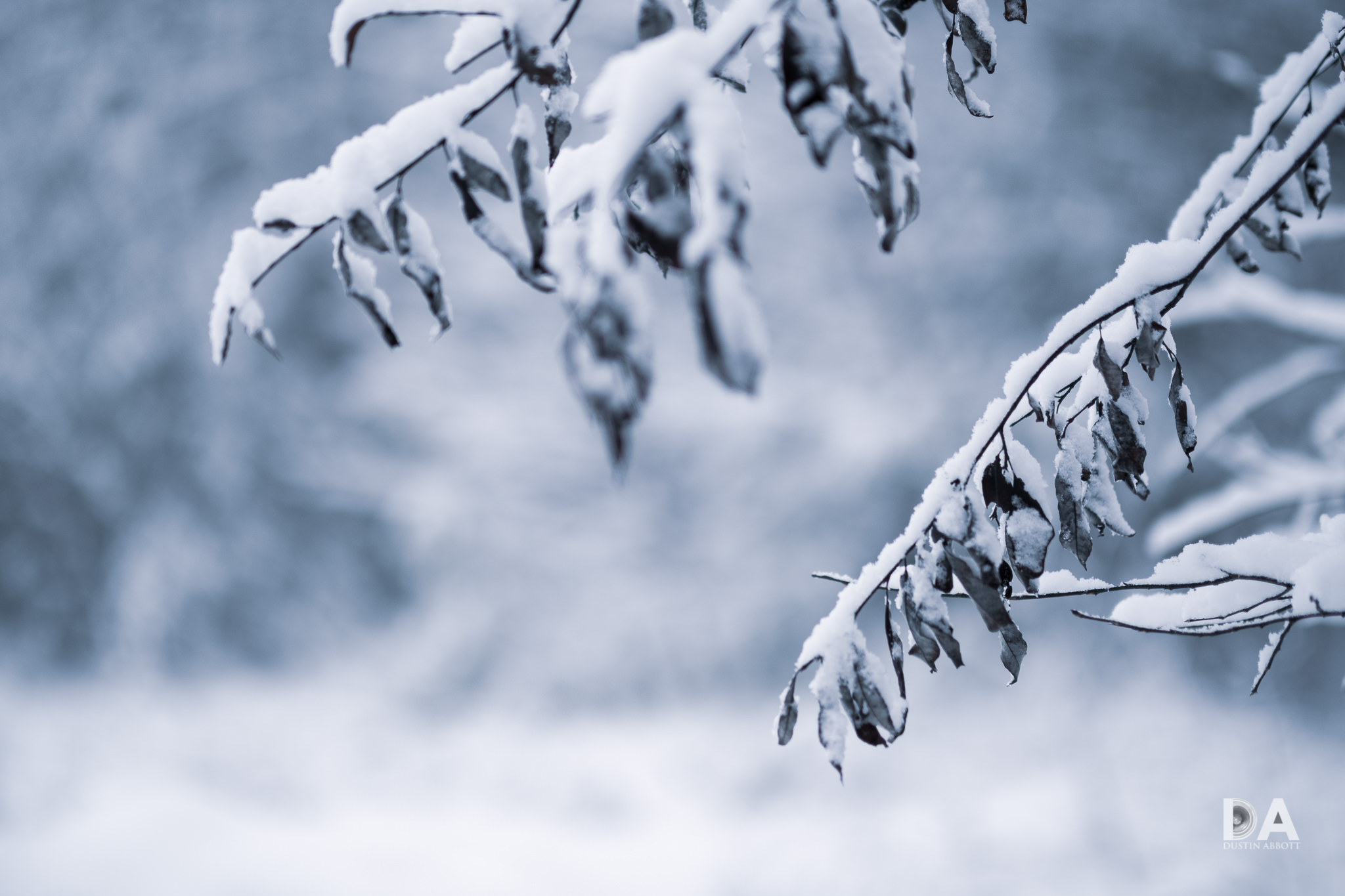


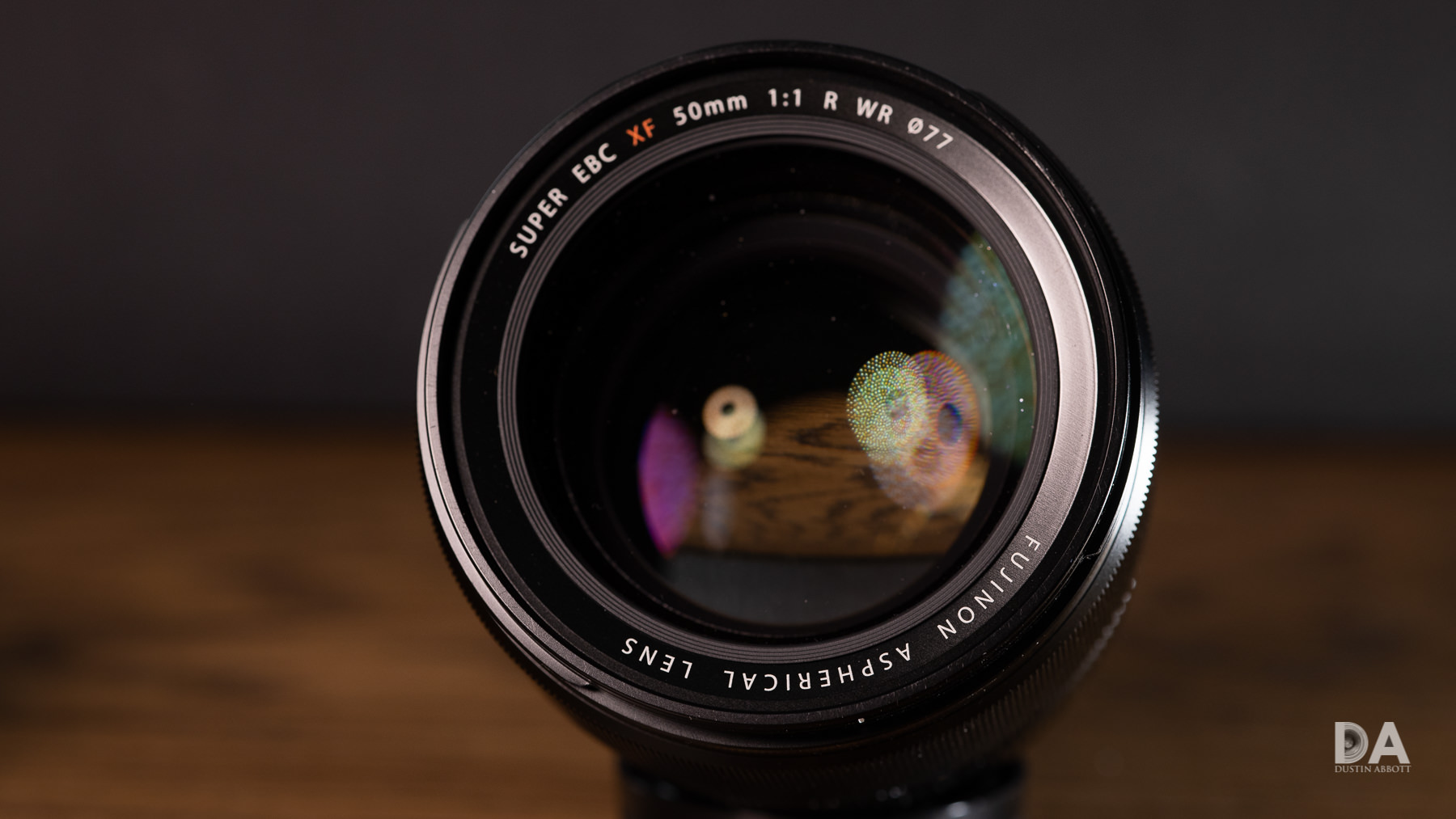
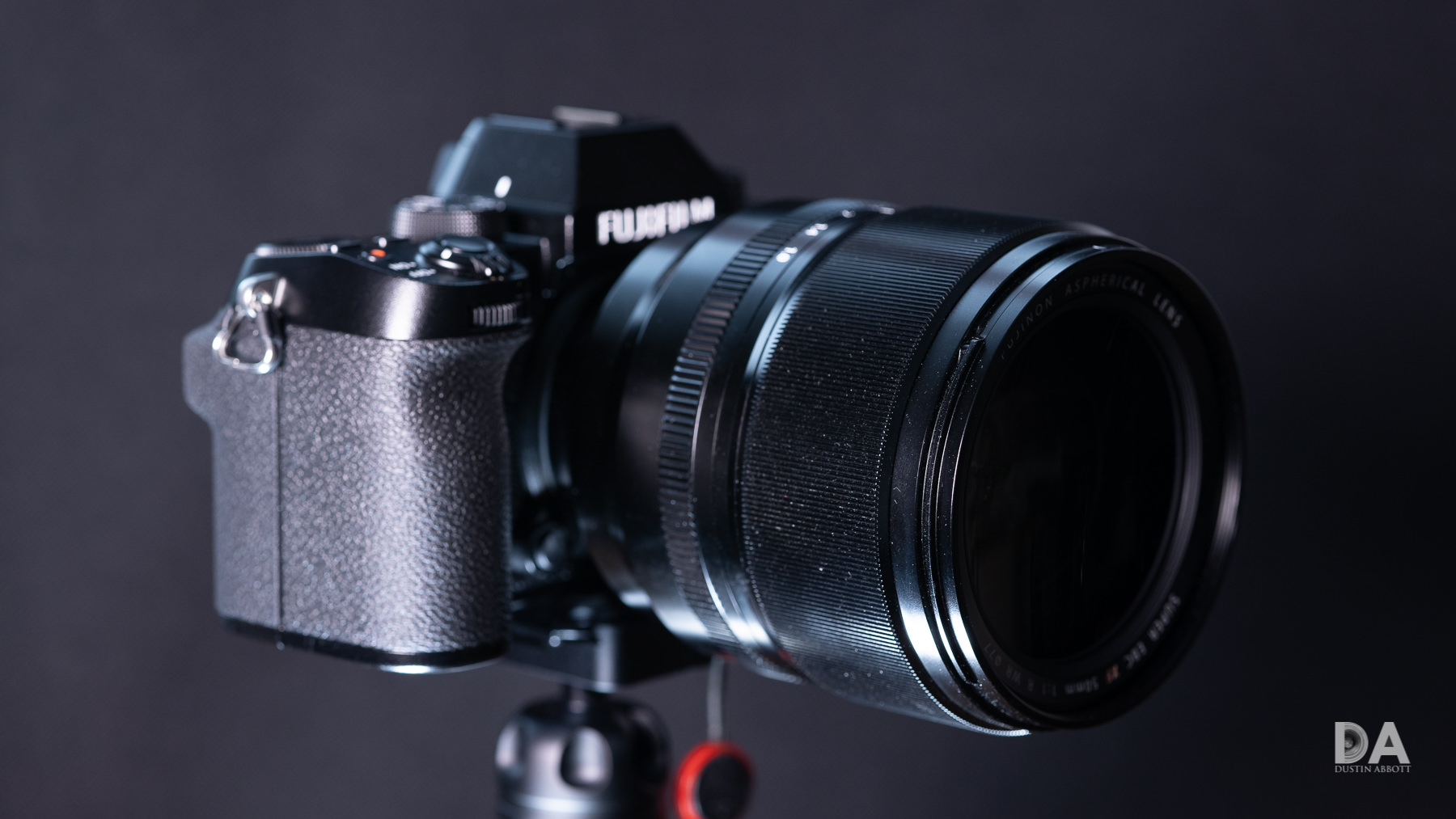

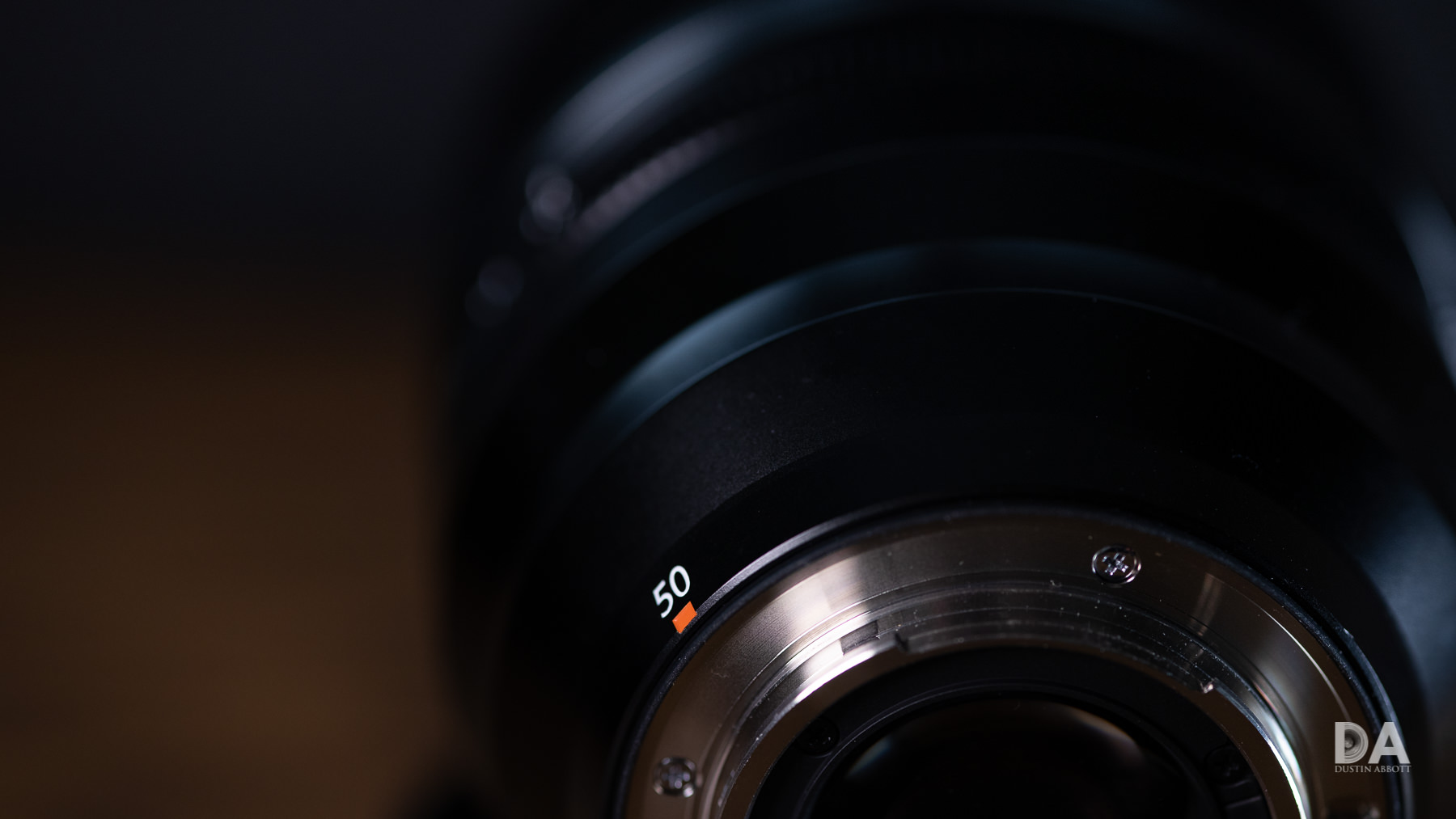
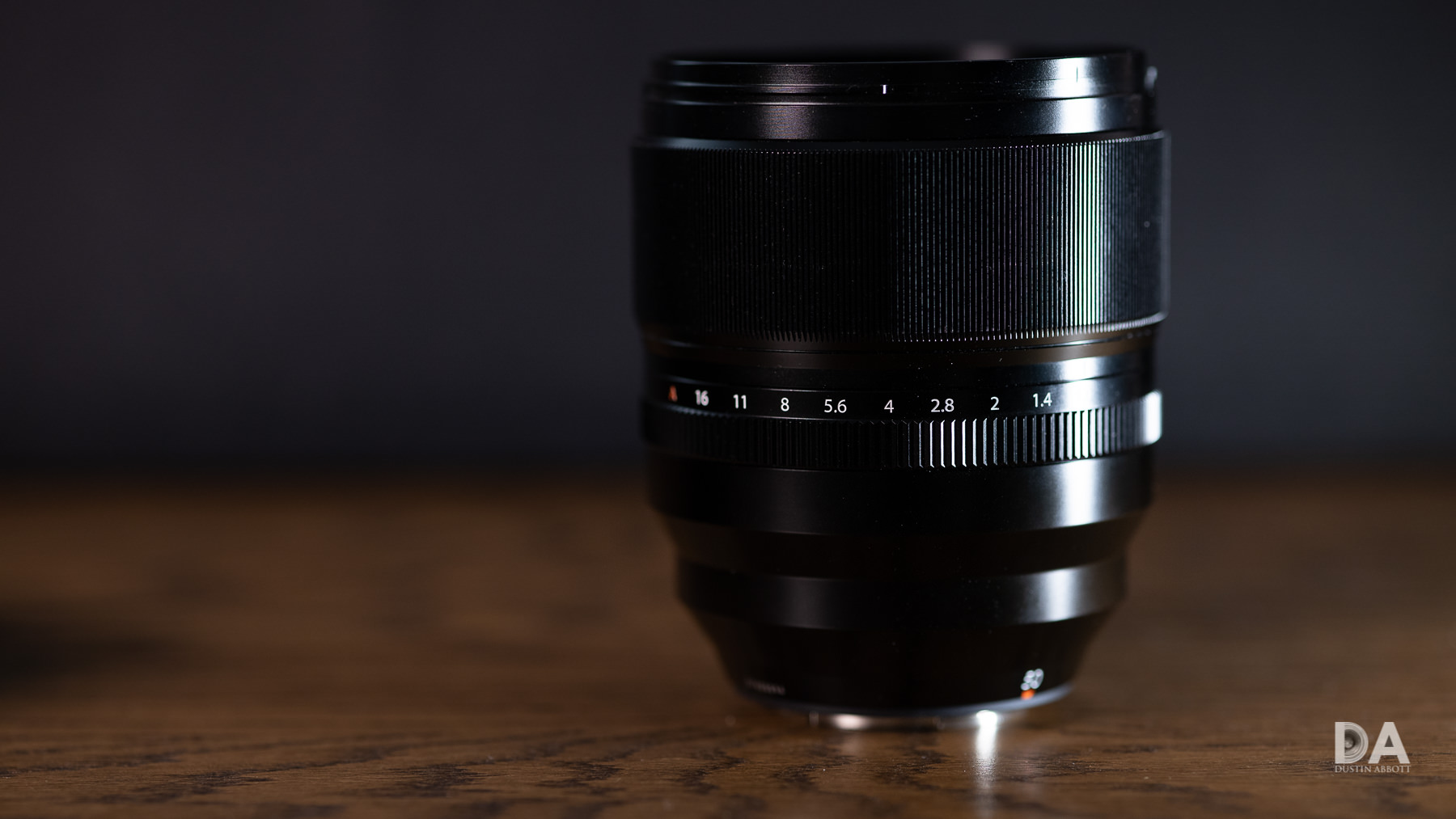

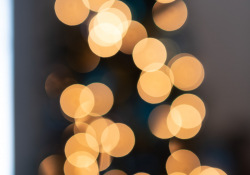
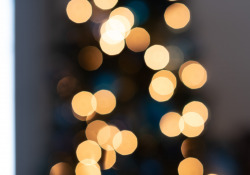
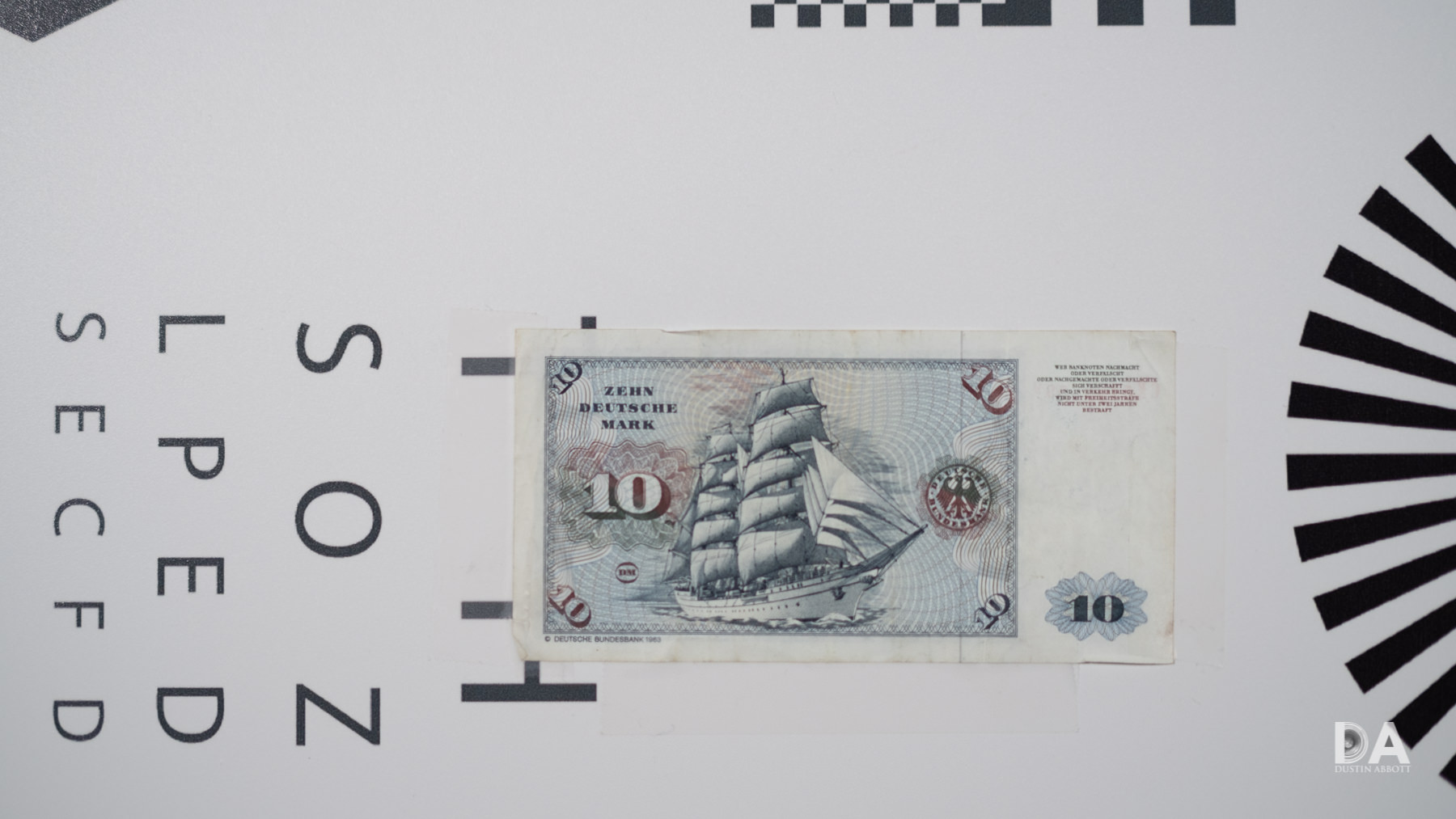
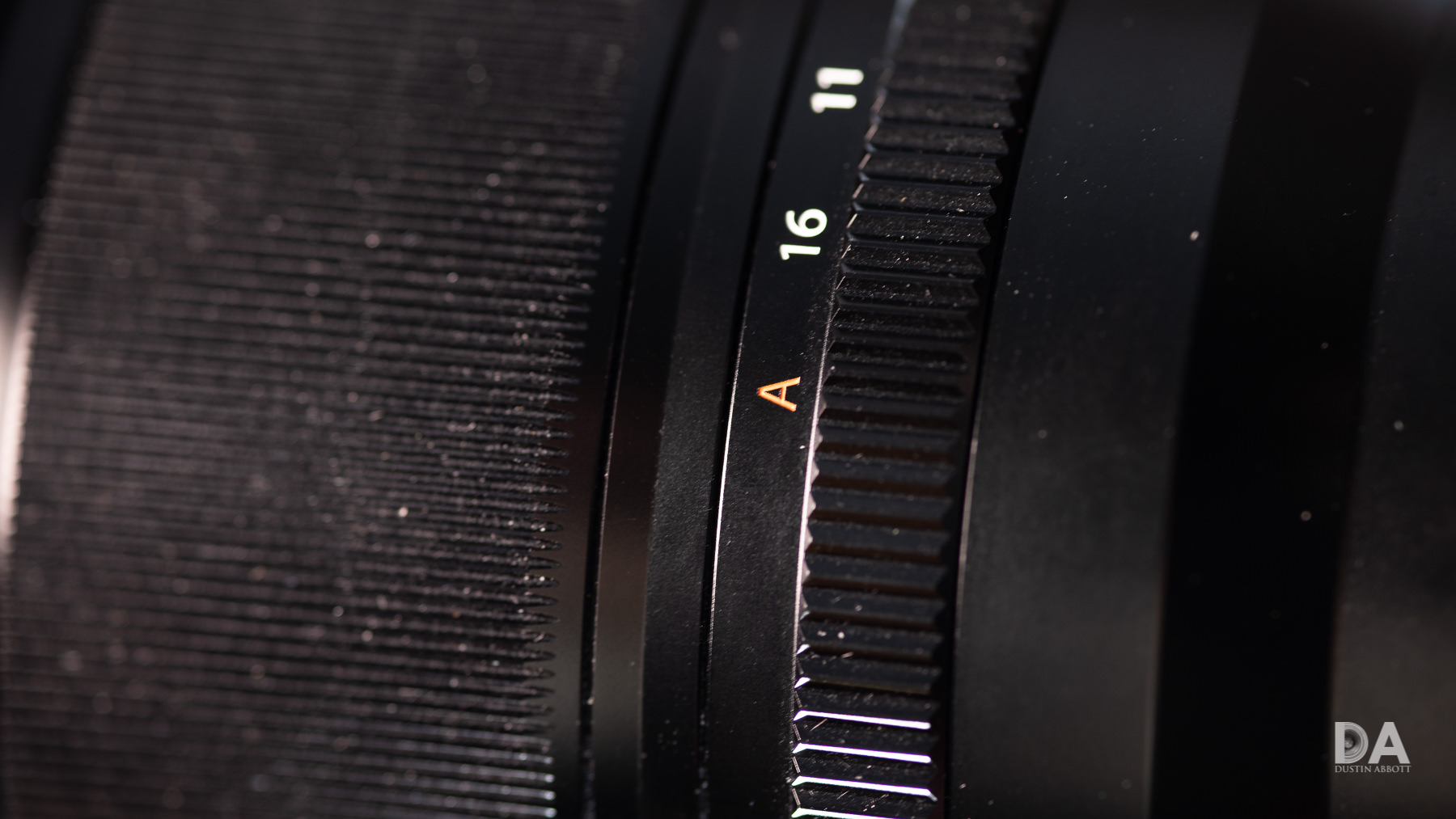
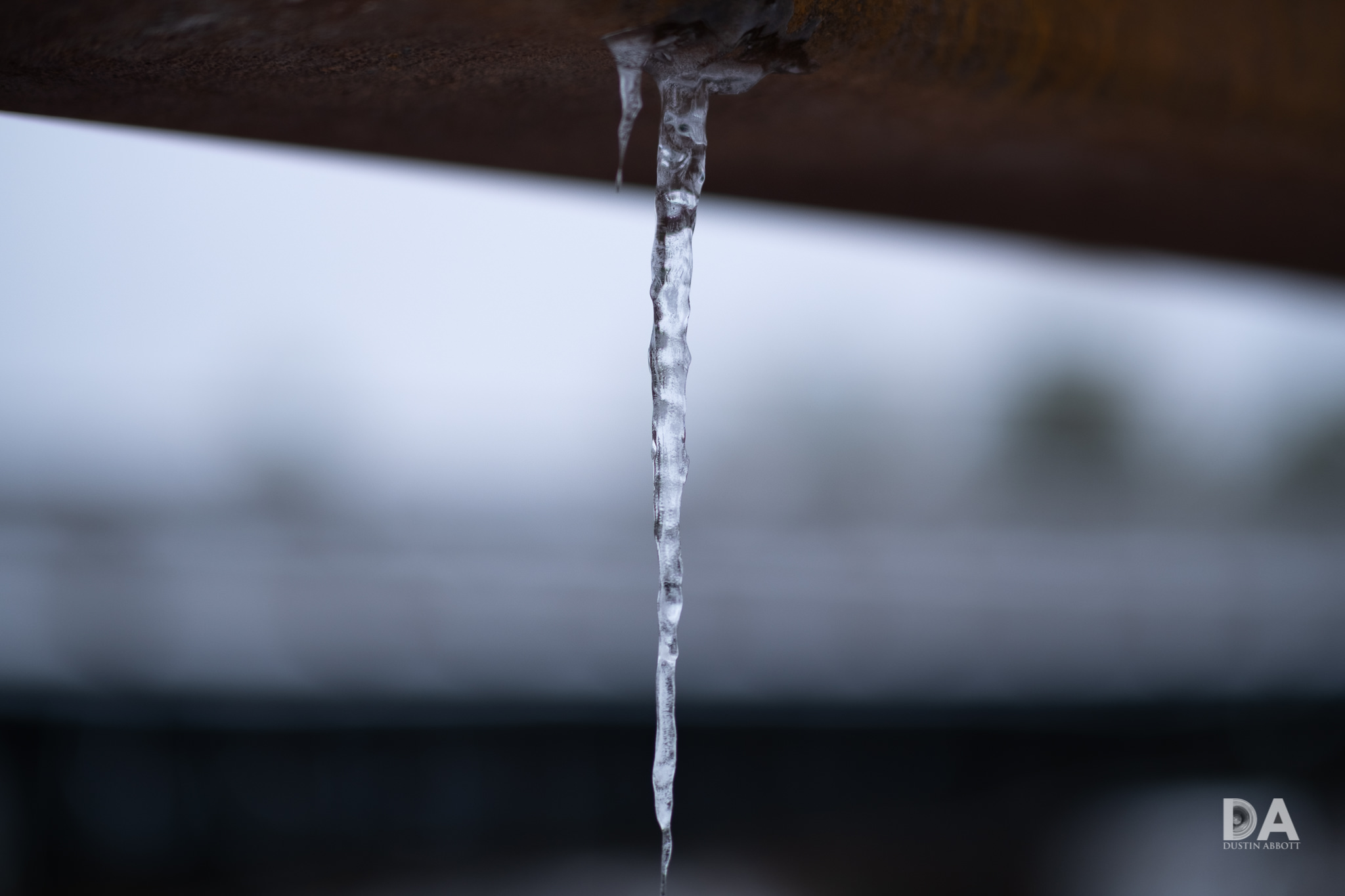
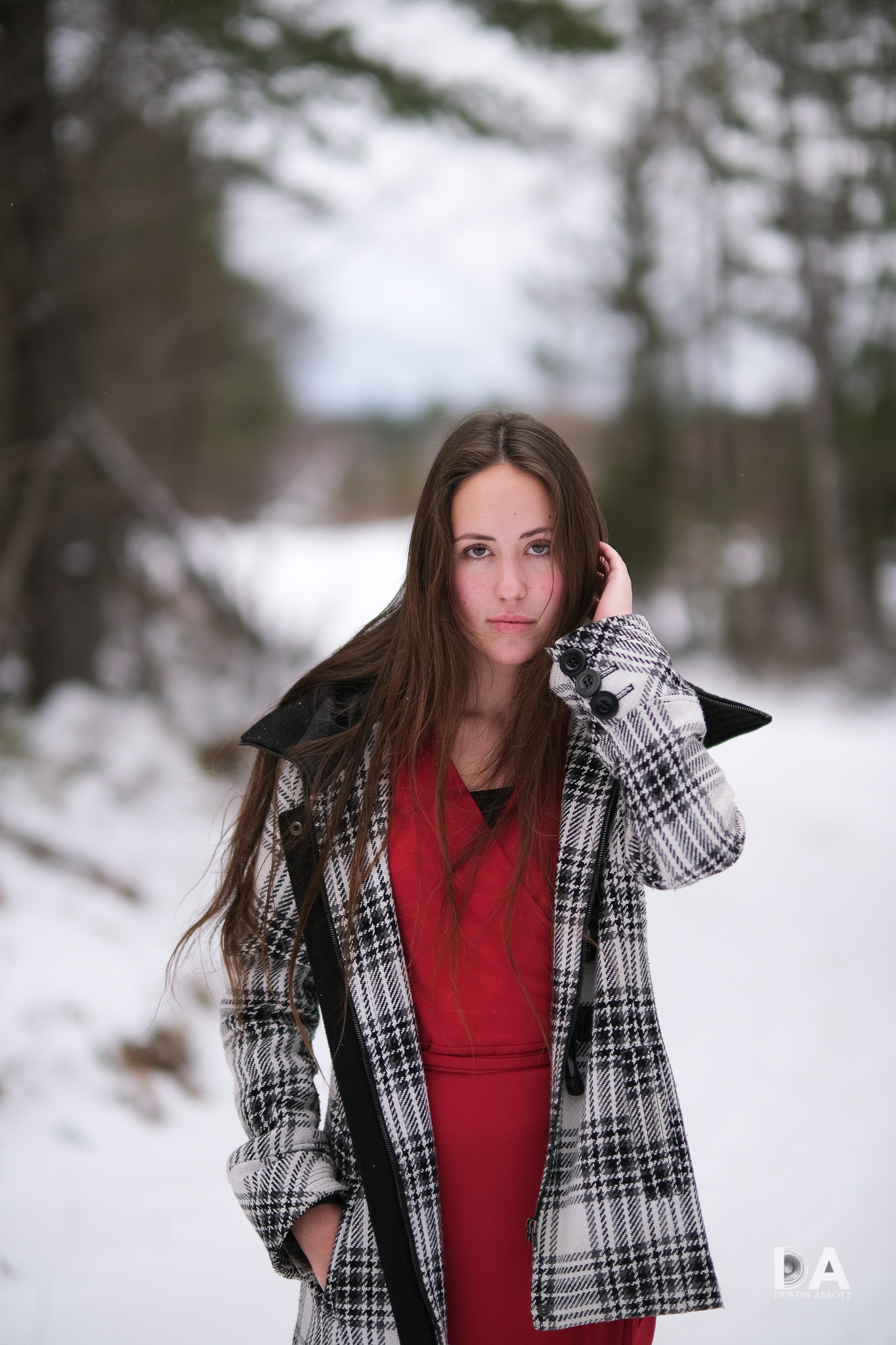
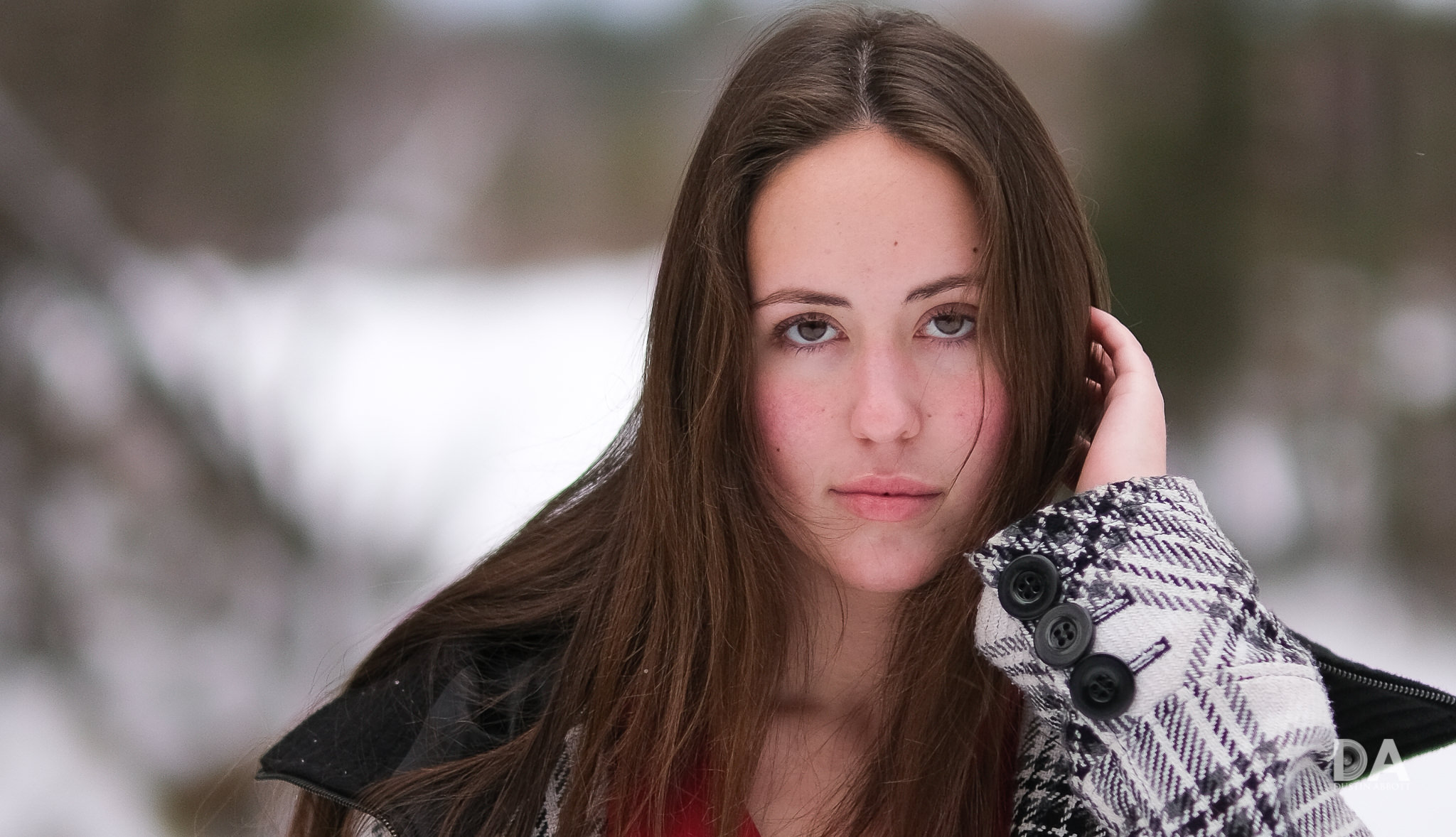



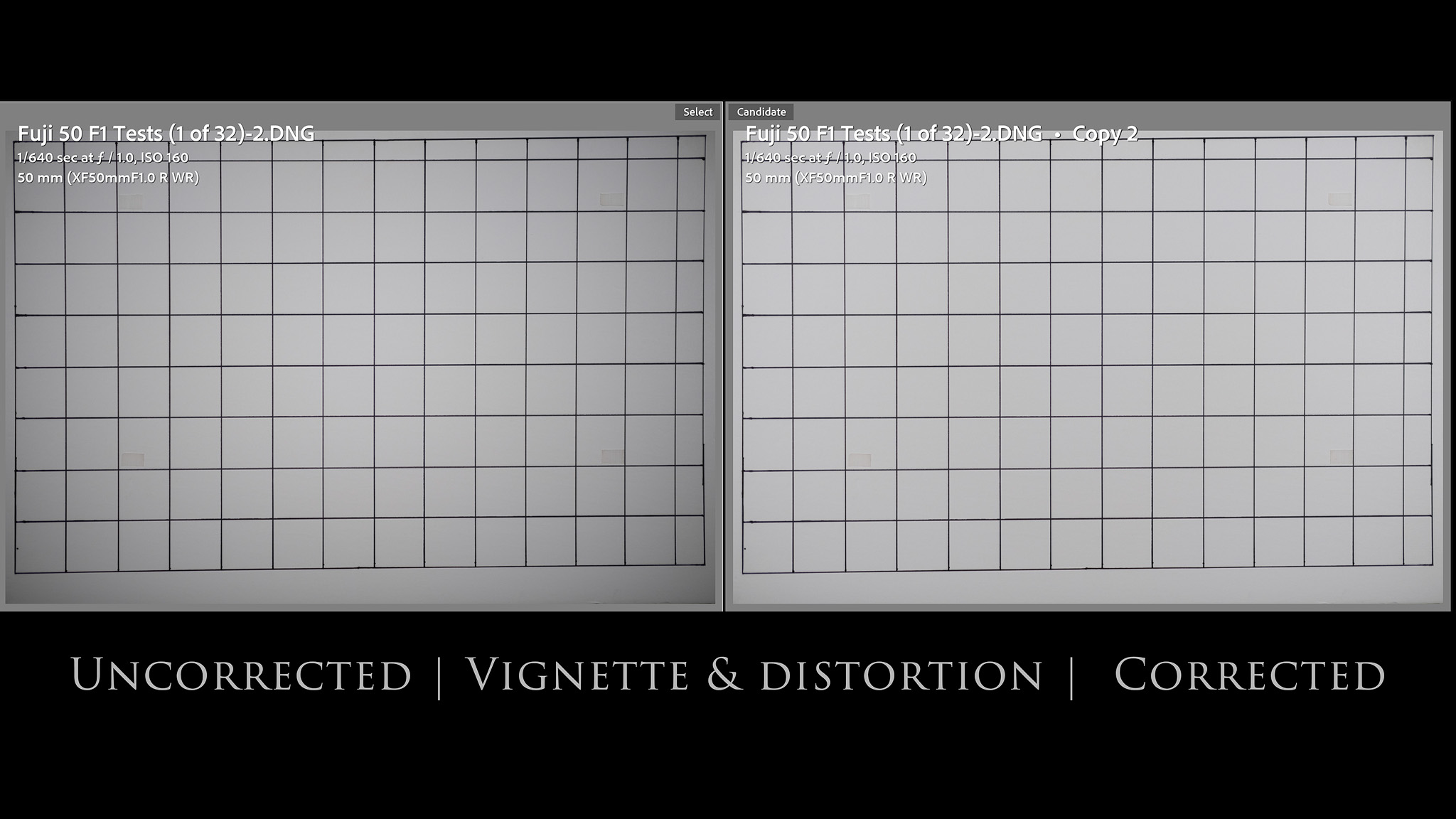
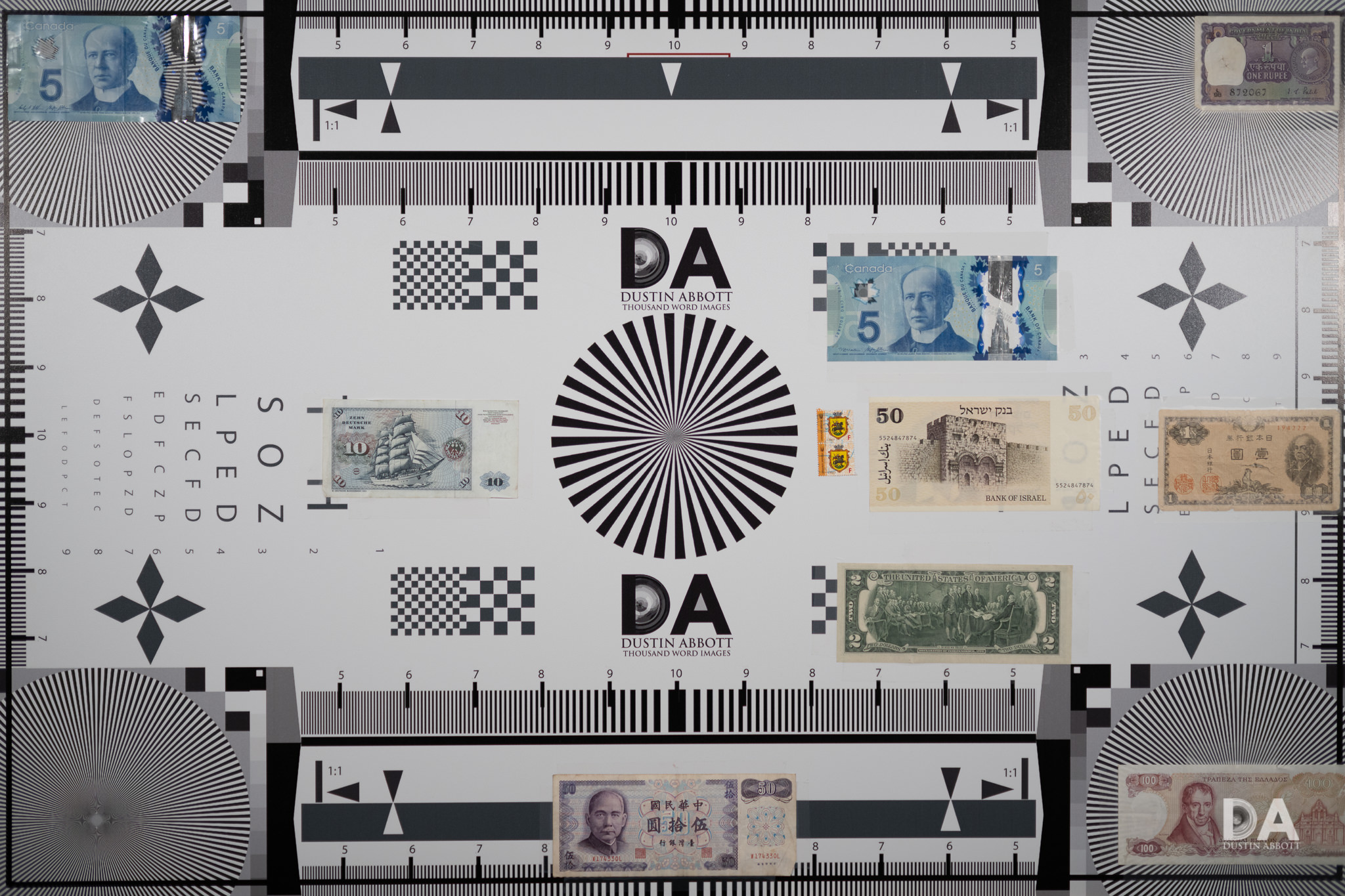
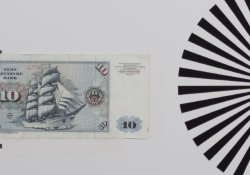
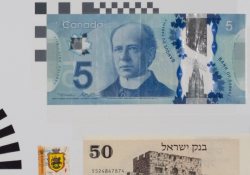
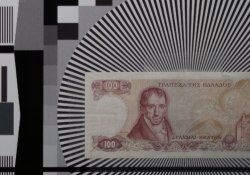
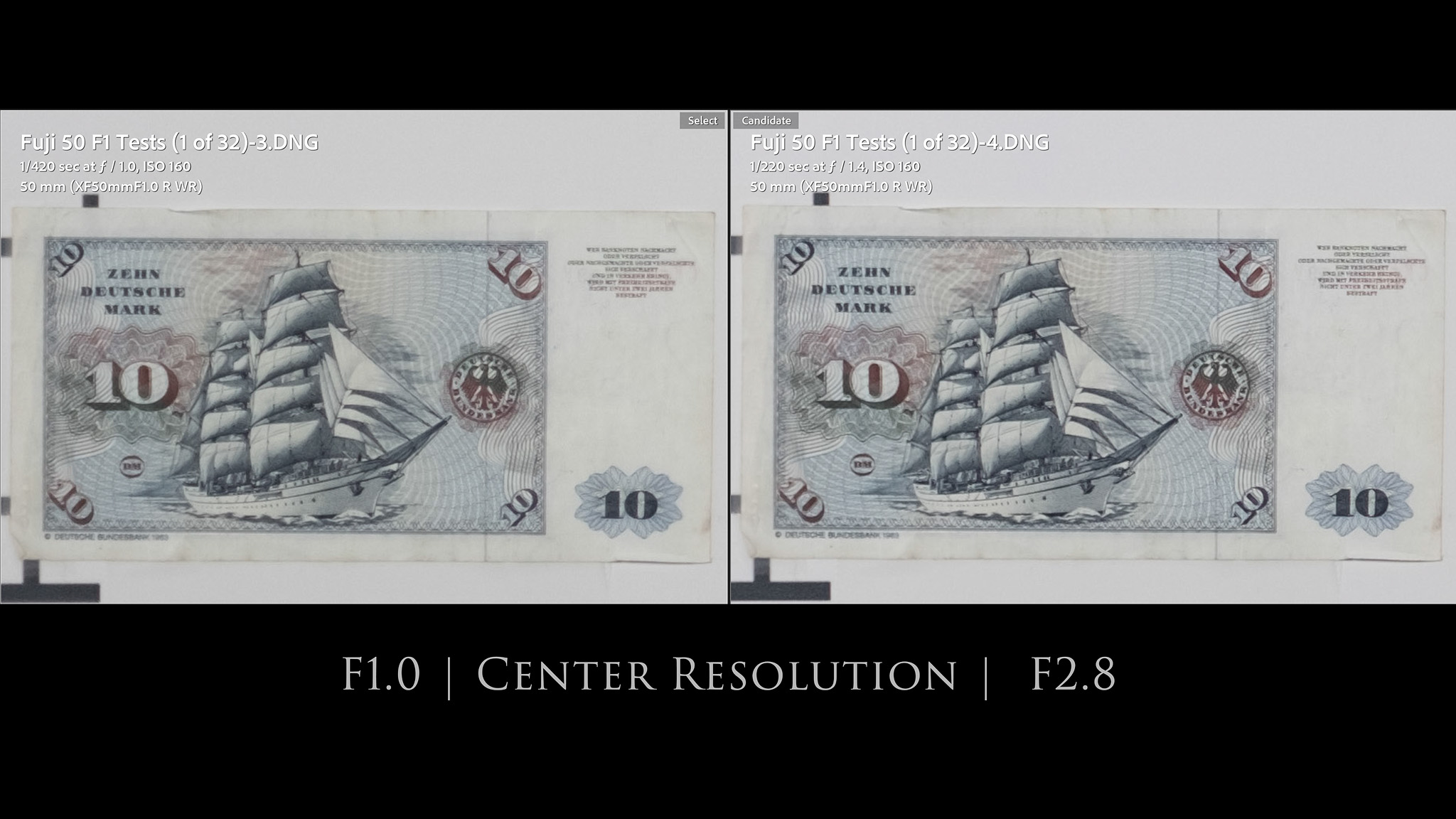
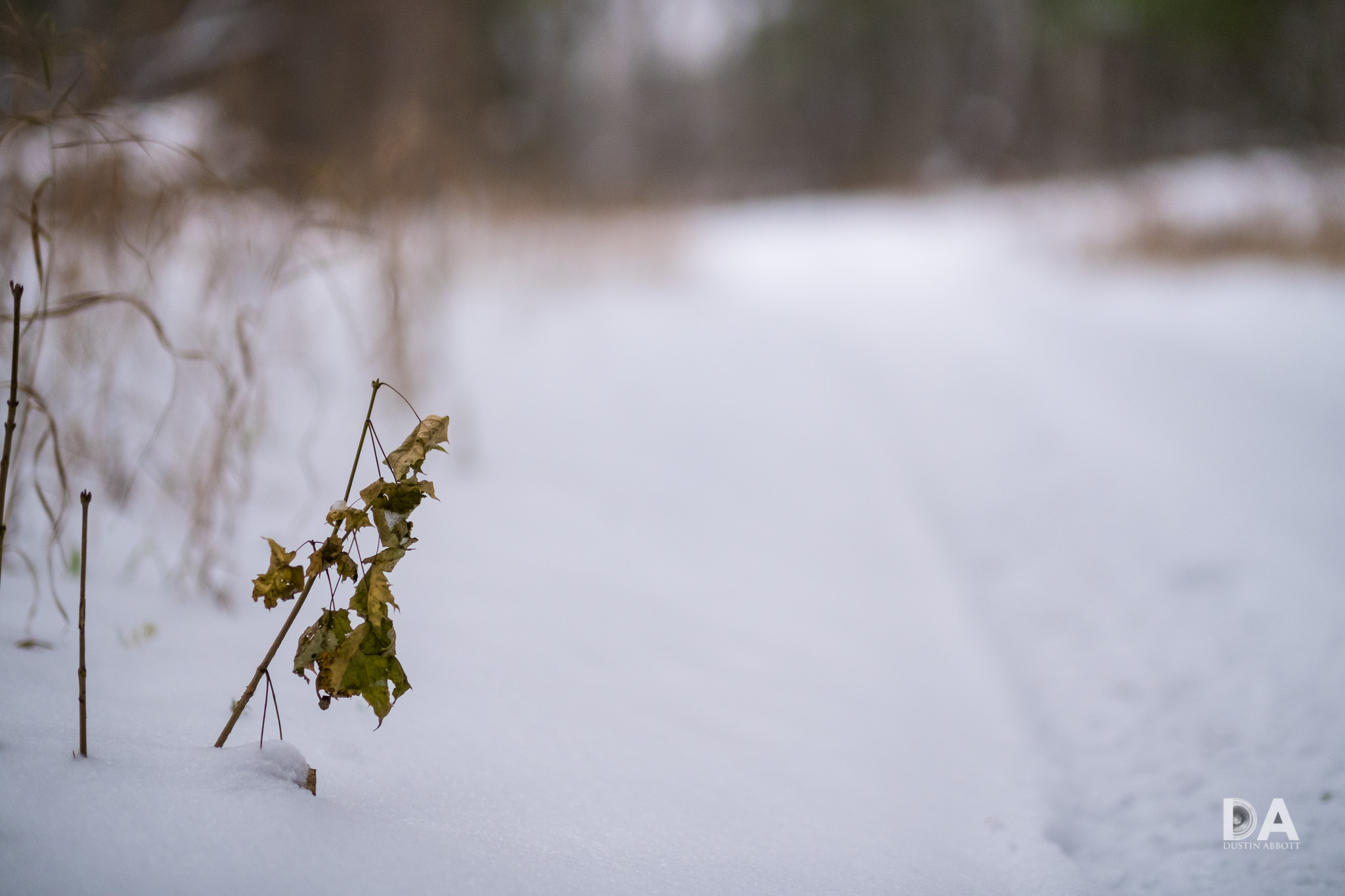
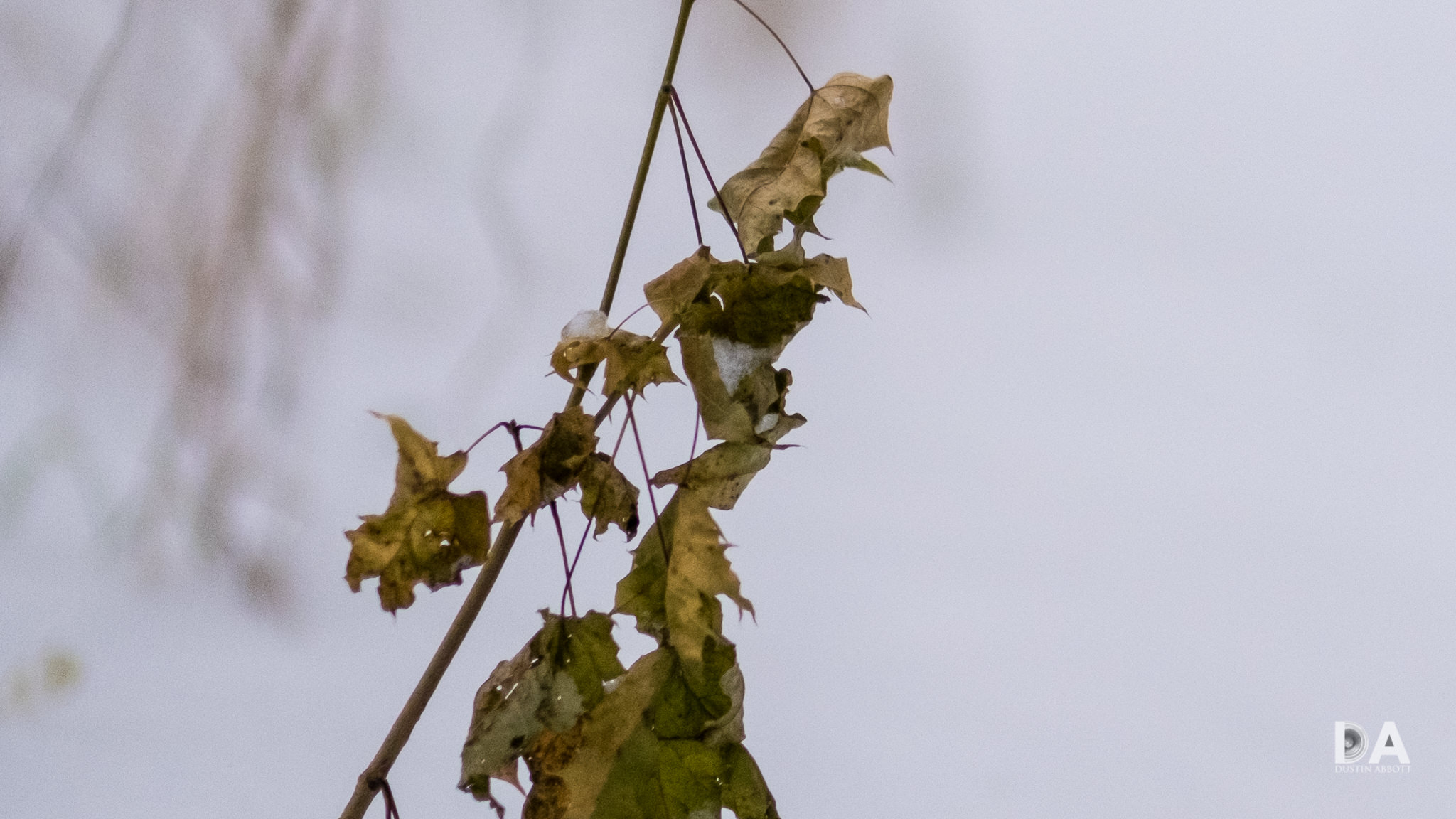

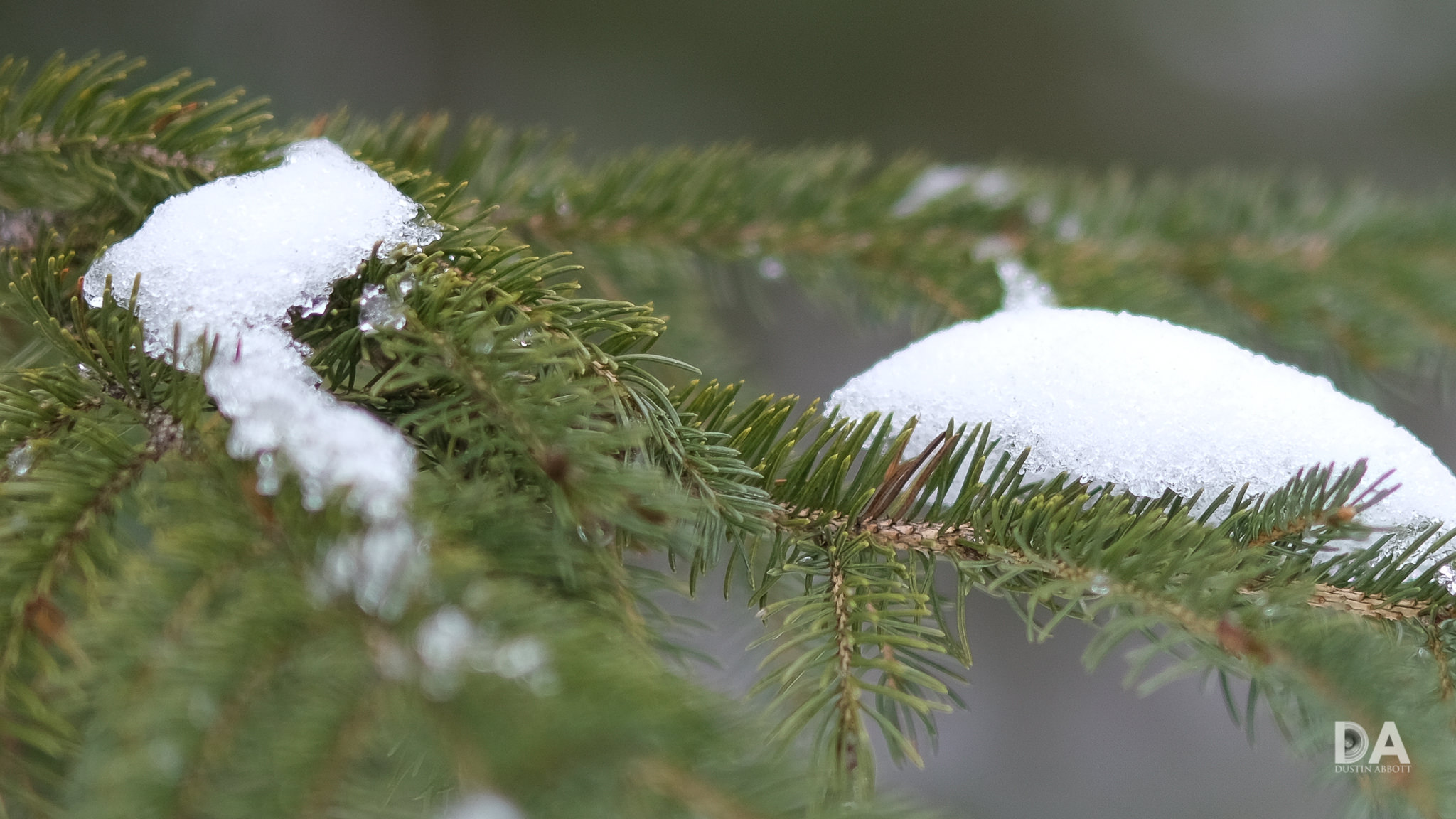
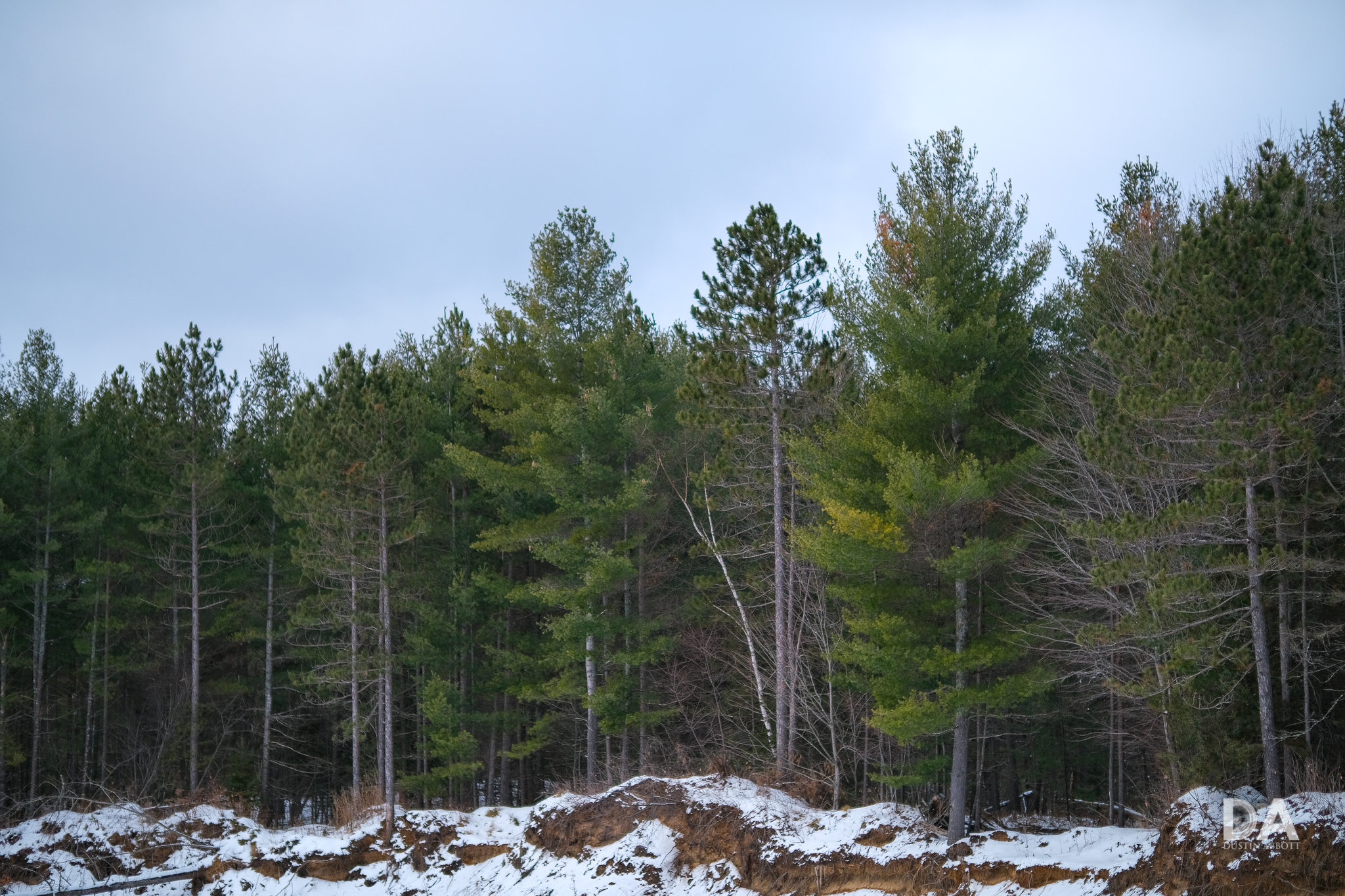

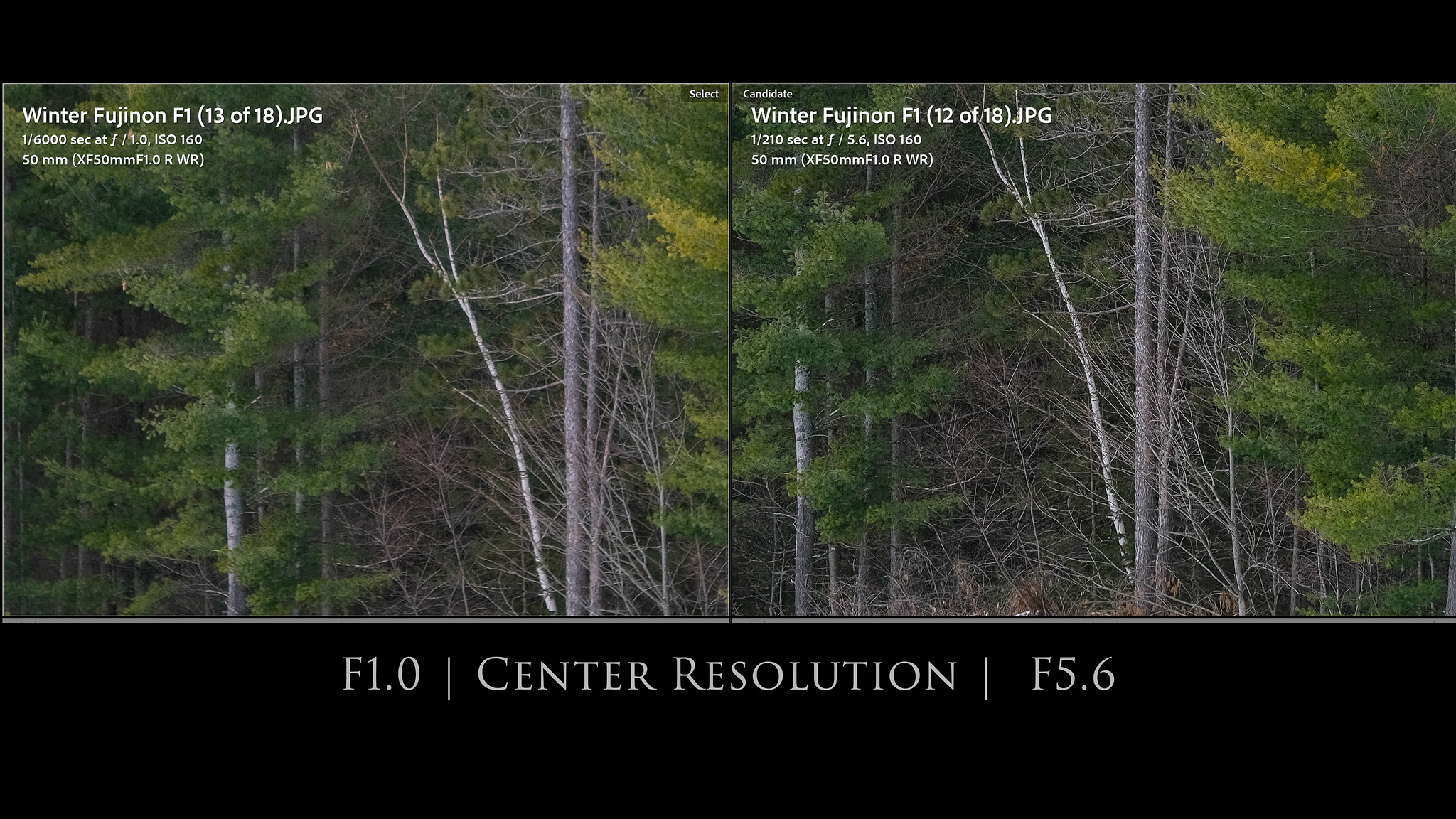
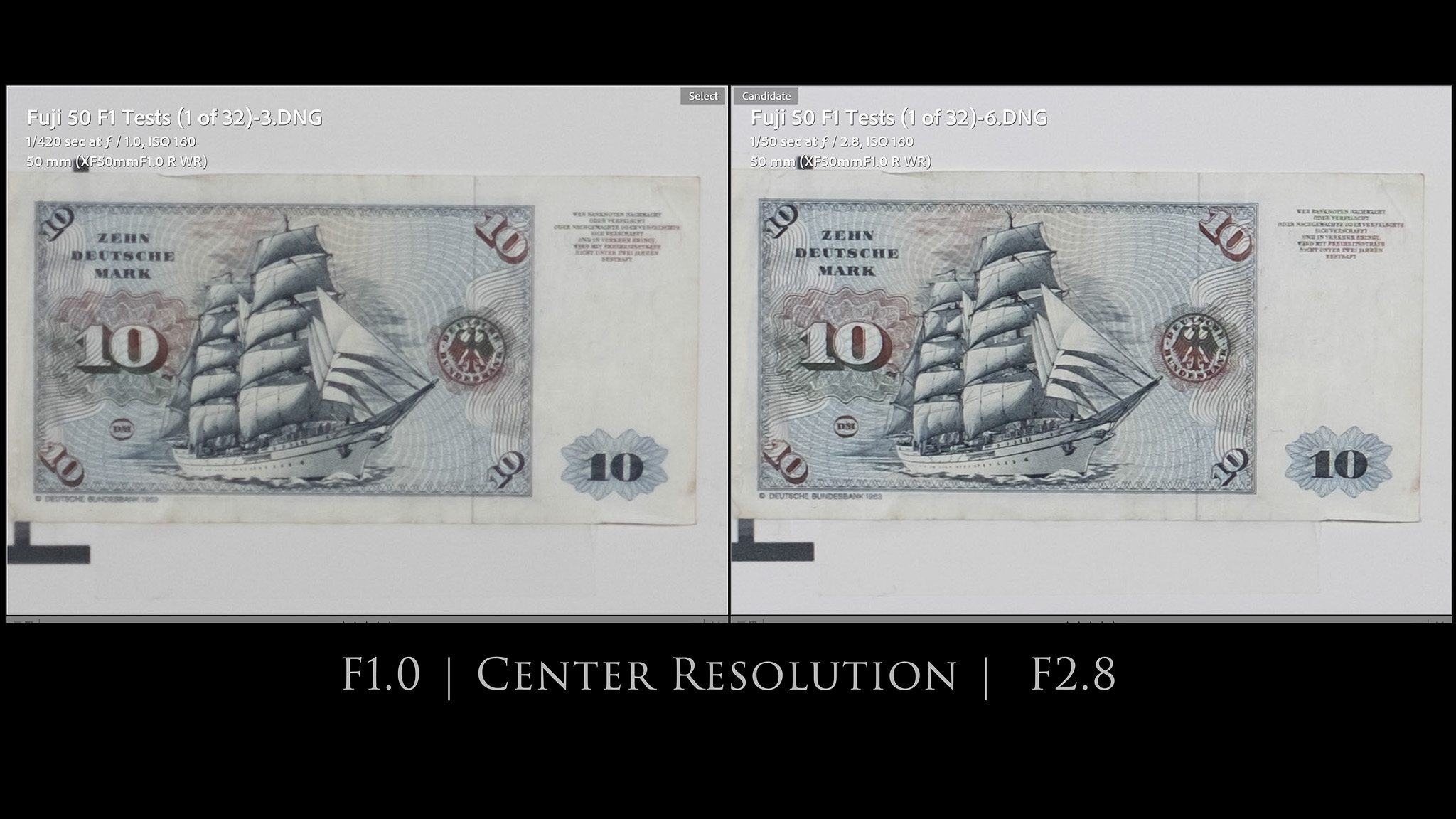


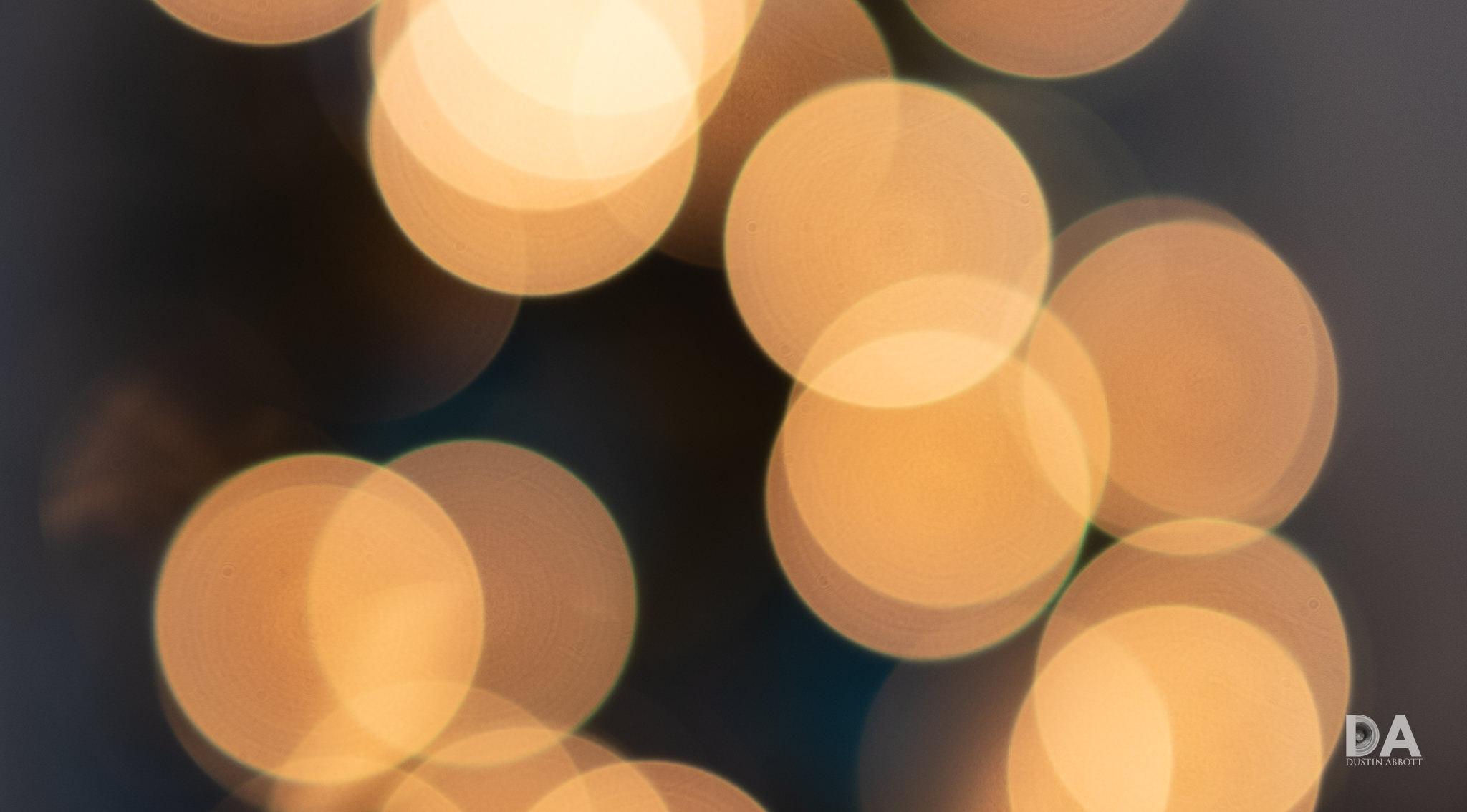
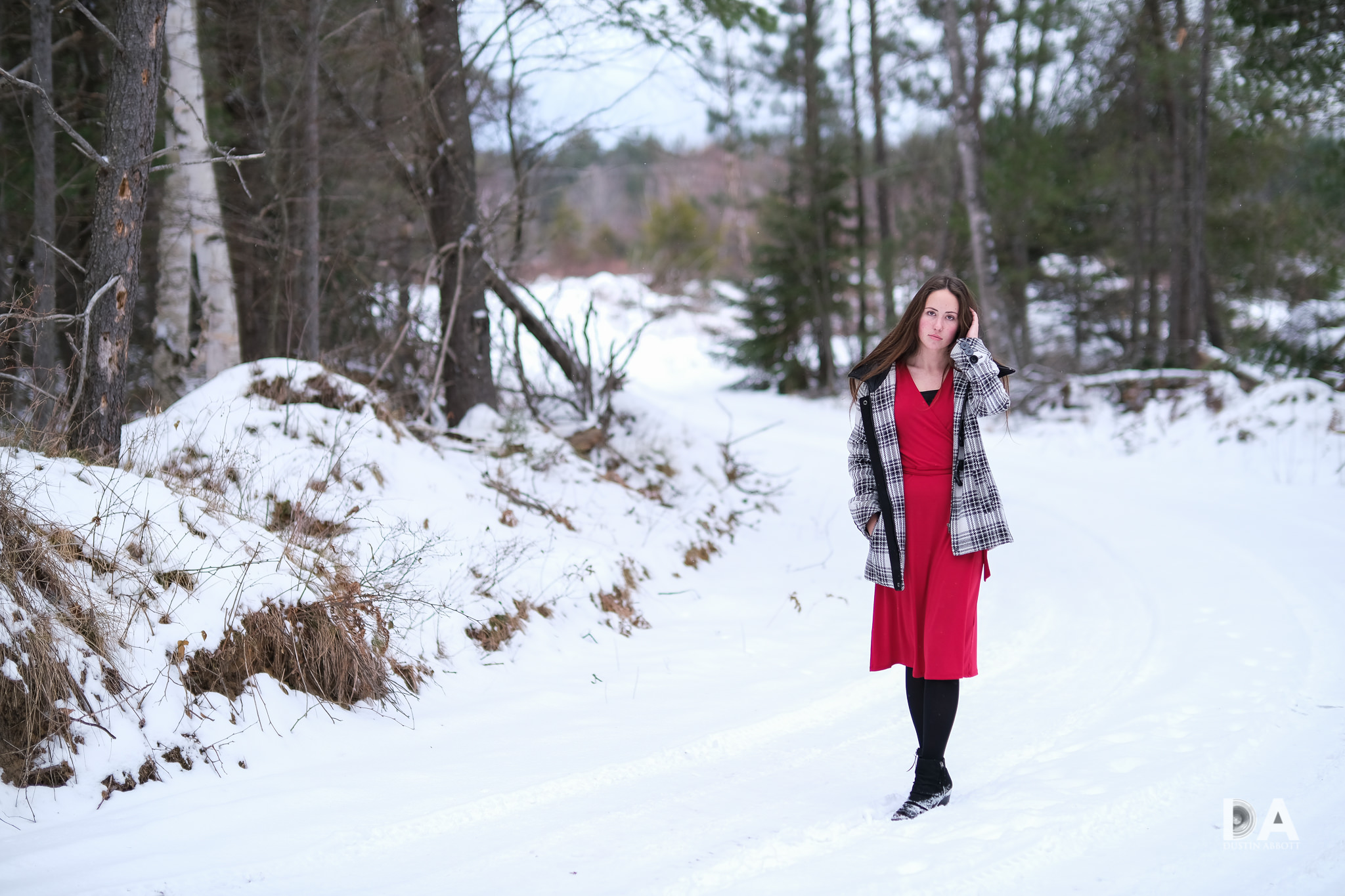






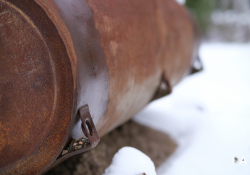


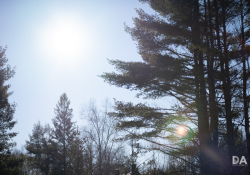
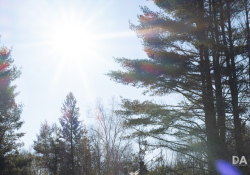

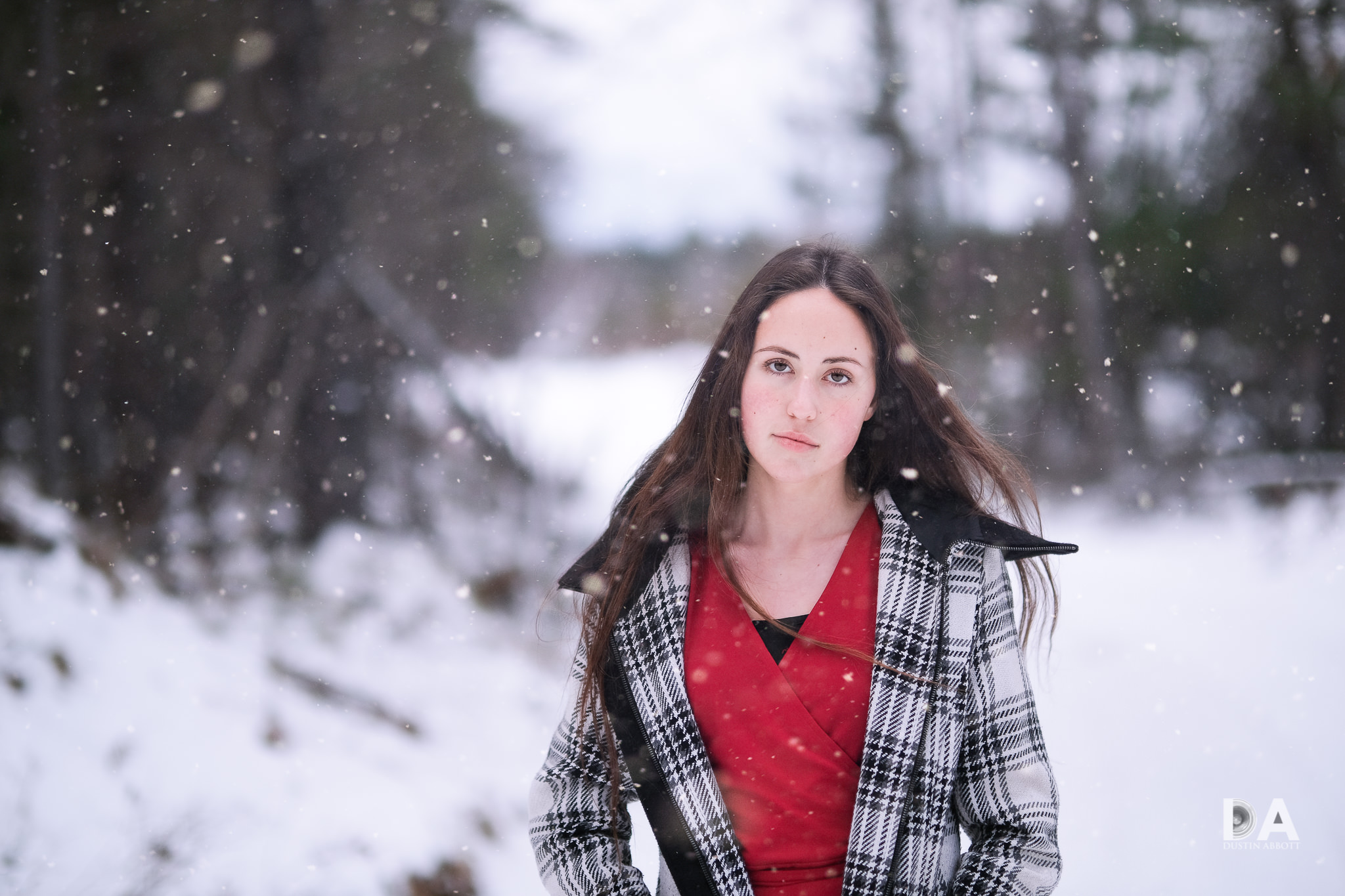
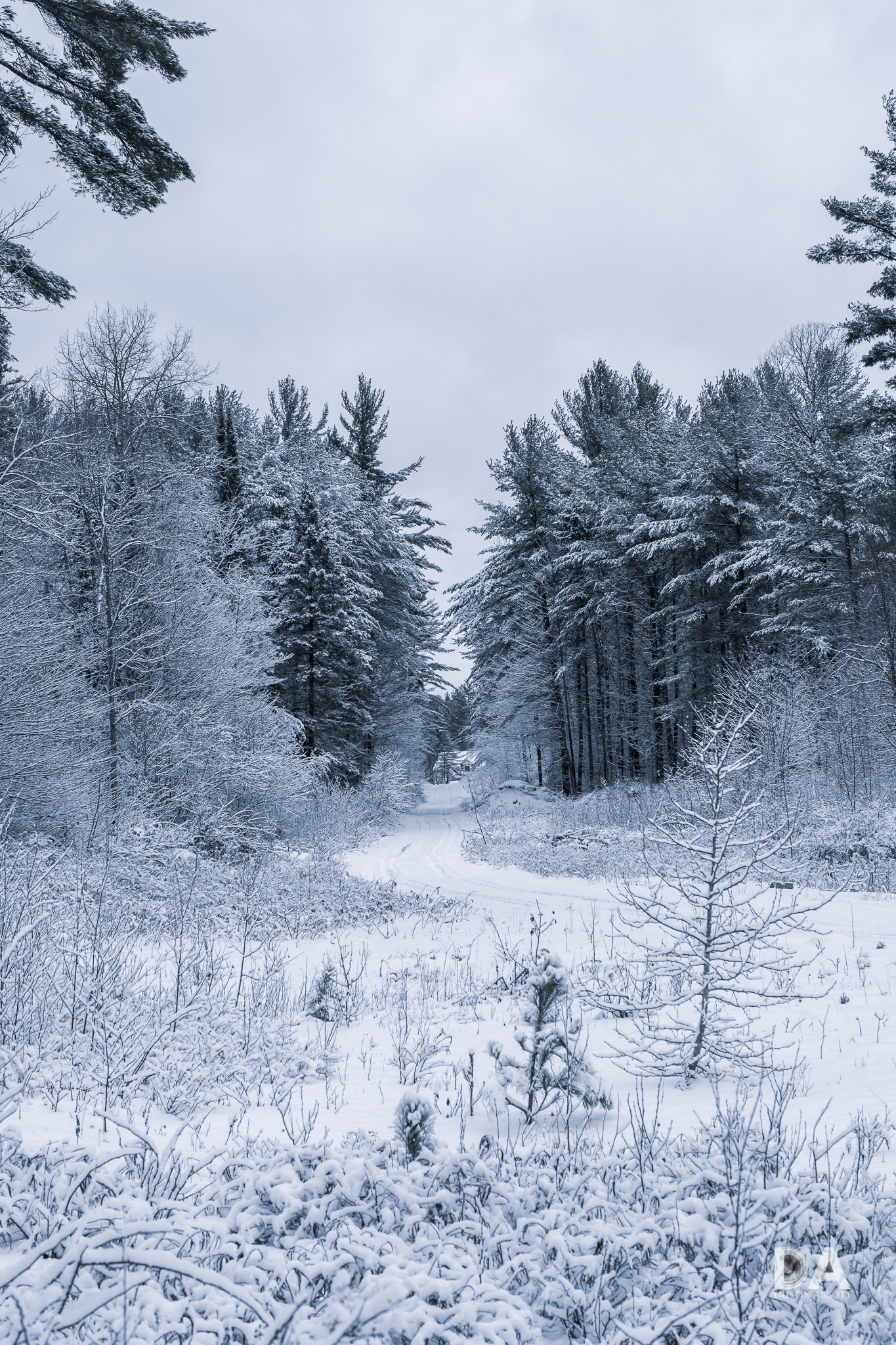






 Viltrox Pro AF 85mm F1.4 FE Gallery
Viltrox Pro AF 85mm F1.4 FE Gallery  Viltrox AF 85mm F1.4 PRO FE Review
Viltrox AF 85mm F1.4 PRO FE Review  Yongnuo YN 35mm F1.8 ART Gallery
Yongnuo YN 35mm F1.8 ART Gallery  Yongnuo YN 35mm F1.8 DA ART Review
Yongnuo YN 35mm F1.8 DA ART Review 


